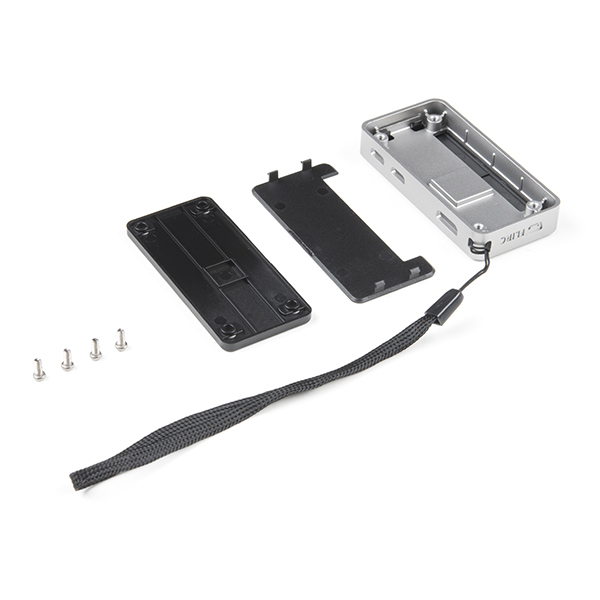

Also, the PWR light (but not the ACT light) is visible through a tiny gap in the case. It appears to still cover 70% of the CPU, which should still be highly effective. As such, the heat-sink doesn’t align perfectly with the CPU.

Even though they have the same form factors, the location of the CPU has shifted slightly with the RPi 2. One thing to note is that this case was originally designed for the Raspberry Pi 1 B+ and not the RPi 2. Clearly this fits in nicely with a home entertainment system. All in all, this is a slick looking case. This is a little disappointing as it would probably have helped better with heat dissipation, but regardless this is still an impressive design. When removed it becomes clear that the aluminum block is not solid, but hollow. This firmly holds the CPU against the case using the entire case as a heat sink.Īs mentioned previously, the plastic top is mostly cosmetic. The base is positioned on the bottom and screwed in place. When installing the Raspberry Pi, the RPi is placed face down on the metal case such that the CPU is in direct contact with an extruded square aluminum block that is part of the case. The really neat thing about this case is that it uses the case as a passive cooler. (No access to the display or camera headers, though.) The base has 4 rubber feet and a slot to allow the GPIO ribbon cable to snake out the bottom. The base and the cosmetic black top are both made of plastic. Yet surprisingly, it doesn’t cost much more at $15. As consequence, it has a really solid feel in the hand. The FLIRC Raspberry Pi case is a bit different than the rest as it is made almost entirely out of aluminum. Here are a few cases that are designed to move heat away from the processor and out of the case. With this action comes more heat from the chip which naturally needs to be dissipated adequately. Many people have already proven that they can eek out more performance by upping the clock-speed and the voltage of the processor. It’s no secret that the Raspberry Pi can be overclocked and pushed harder than the chip is designed to be run. Like the official RPi case, there is a cut-out on top for a small 2″ TFT display screen to sit behind the clear plastic cover. There are 2 screw mount holes on the bottom as well. When completed, we had a sharp looking wood and plastic case for our RPi. The case comes with a simple, yet abundantly clear set of instructions on a single business card.Īssembly was kind of fun and only took about 10 minutes. The case is made out of sheets of acrylic and wood and are assembled by the user around the RPi. C4Labs makes a bunch of other Raspberry Pi cases and the C4Labs Zebra case is one of the smartest looking ones as well.


 0 kommentar(er)
0 kommentar(er)
